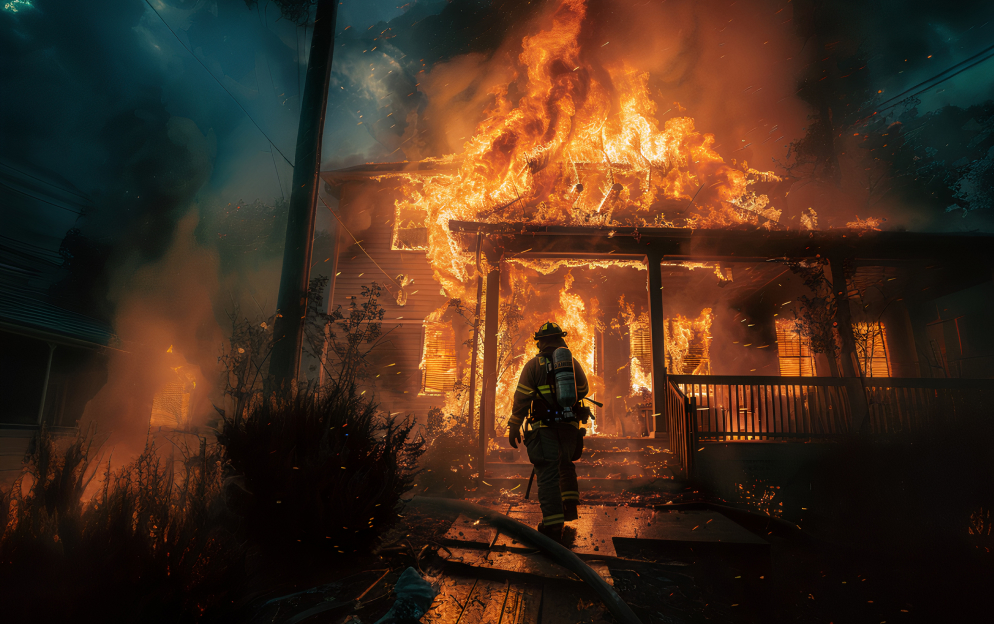The Profound Lack of Research…
Despite the debt that we (as society) owe to firefighters, there is a profound lack of medical research examining their health risks and trajectories over time. For example, a search of MedLine (an index of all medical journal articles) found only 499 medical articles about firefighters published in 2021, compared to 15,299 for veterans. That is a 1 to 30 ratio, which makes firefighters one of the least well-understood highly-at-risk populations. Or to say it another way: We know very little about the comprehensive health, wellness, and functioning of our firefighters.
A Whole Systems Approach…
We suggest taking a whole systems approach for firefighters that we have adapted from a framework applied toward military special operators, known as “Operator Syndrome.” A career in firefighting involves regular exposure to chronic stress, lethal risks, and potential for a wide-range of injuries, including traumatic brain injuries and toxic exposures. The accumulation of these physiological, physical, psychological, and neuroendocrine injuries (i.e., high allostatic load) can lead to profound physiological changes upon the individual. We believe it leads to a profession-specific constellation of inter-related medical, social, and psychological conditions. A whole systems framework can help us better understand and address the complex needs of firefighters.
